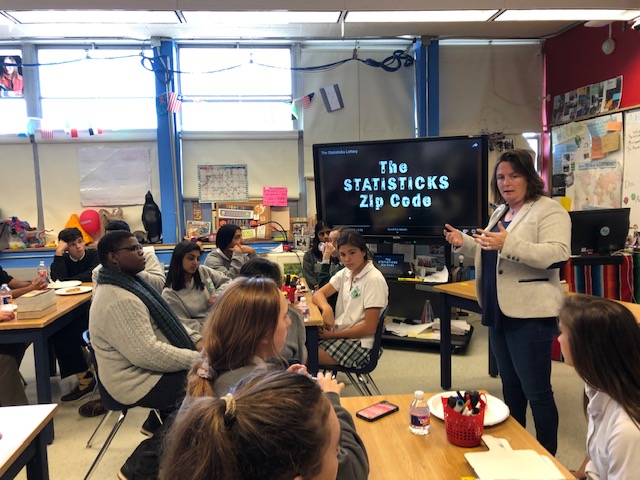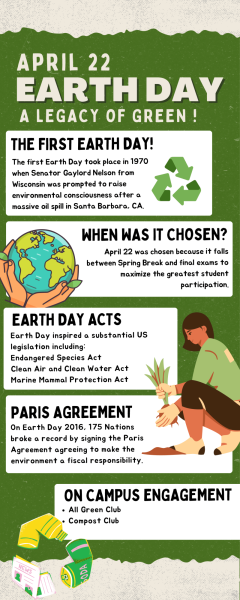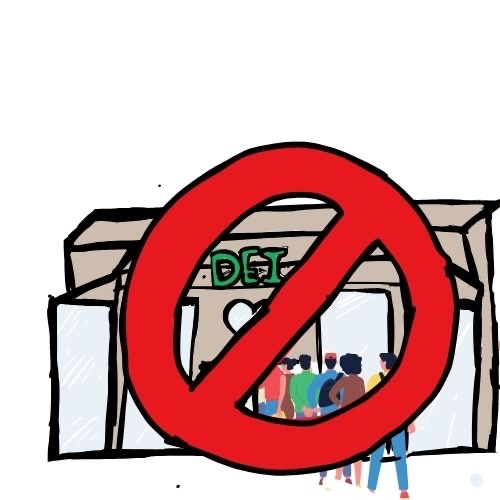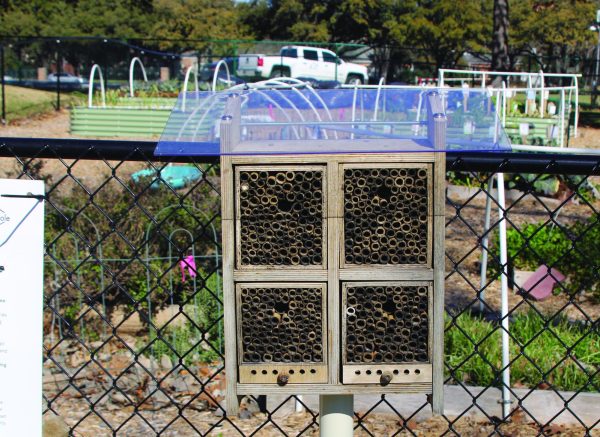The hows, whats and buts of the vaccine
Understanding how the rollout will affect the community and the world
A guide to understanding the process of vaccine rollout in the United States. infographic by Zoya Haq
March 4, 2021
As we’ve entered a new year of the COVID-19 pandemic, vaccine rollout to combat the spread of the virus has begun across the country. After the Food and Drug Administration’s approval of the Moderna and Pfizer vaccines at the end of 2020, health care workers and high-risk individuals have been travelling to rural pharmacies and local hospitals alike to receive their preliminary shots.
Both vaccines require two doses; after the first dose, which provides 20-30 percent immunity, one must wait three weeks for a second dose, which brings immunity rates up to 90 percent within one to two weeks.
Scientists are still unsure whether vaccinated individuals can spread the virus to unprotected members of their community; therefore, health care professionals advise those vaccinated to continue protocols like mask-wearing, hand sanitization and social distancing in public areas.
Due to the abrupt and brand-new nature of the vaccine — it was developed over the course of six months — 40 percent of Americans have expressed anxiety about receiving it, noting potential side-effects and long-term health concerns as a deterrent. (Pew Research Center)
“As a health care worker, I was one of the first to get the vaccine,” Dr. Andrew Clavenna, father of sophomore Sophia Clavenna, said. “I really had no side effects: only some minimal muscle soreness, which was less than I typically get with the flu vaccine. Some others have felt under–the–weather with fatigue and chills after the second dose, but I did not experience any of that.”
Media platforms like Instagram and Facebook have perpetuated the negative outlook surrounding the vaccine. (Time Magazine)
“Social media has spread a lot of information that I think makes people scared,” sophomore Maddie Muller said. “But I think it’s important to understand that vaccination is an essential part of keeping our community safe, and the pros outweigh the cons.”
Dr. Jason Goldstein, Upper School English Faculty, said his vaccination procedure and overall experience was far easier than he thought it would be, and he experienced only mild side-effects.
“It went seamlessly. The arrival, and the information, was all presented in a very clear fashion,” Goldstein said. “I supplied my name, made an appointment and managed to get my vaccine at the exact time it was scheduled.”
One important industry that could be directly impacted by widespread vaccination is the airline industry. No airlines have explicitly verbalized that they will require passengers to be vaccinated before flying, other than Australian liner Qantas. However, as airplanes have limited ventilation systems and require prolonged indoor exposure, vaccine requirements may be necessary to ensure passenger safety. How this will affect the travel industry — and whether it will lead to increased interest in domestic travel — we will begin to see in the next few months as international borders reopen.
Vaccine rollout is expected to continue throughout this spring and into late summer. Companies like Johnson & Johnson and Astrazeneca are currently in the process of seeking approval for their vaccines, and upon the FDA’s green light they will boost the rapidly dwindling existent supply of doses. Experts like Dr. Anthony Fauci speculate that upon the arrival of these new vaccines, the end of the virus is within sight; but until then, it is important to continue following safety protocols and looking out for our community.
















